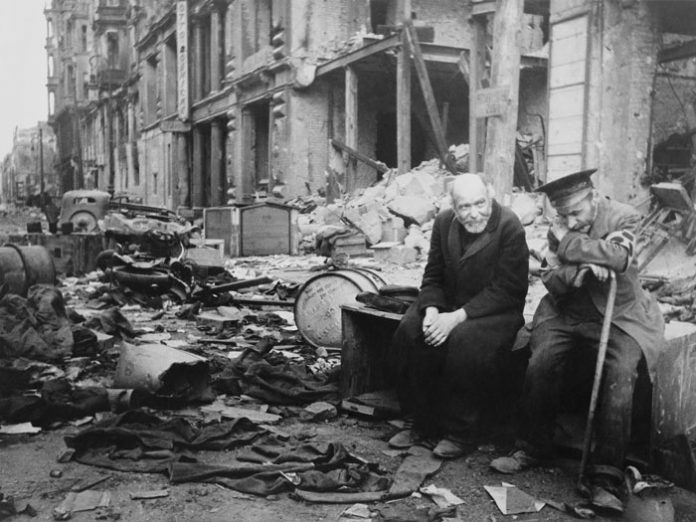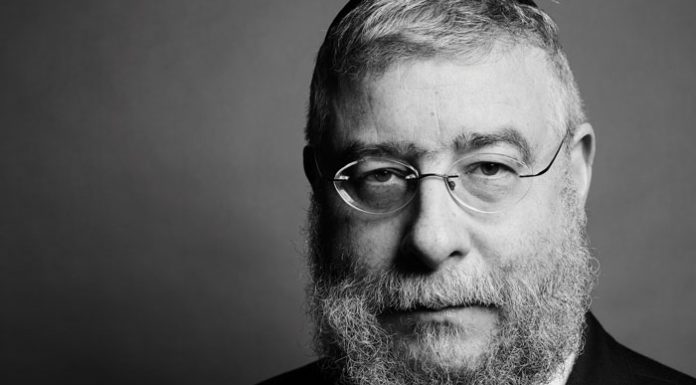A conference was held in Berlin [italics mine] on September 21, 1939, at which the long-term future [of Jewry] was discussed….
In Berlin, on April 29, 1945, Adolf Hitler dictated his political testament….
Hitler decided to die in Berlin so as not to “fall into the hands of the enemy….”
The Holocaust by Martin Gilbert
As a child you may have read Rip Van Winkle, a story written in 1819 by the early American author Washington Irving. That famous tale tells of a colonial villager who while strolling along through the Catskill Mountains, gets tired, lies down in the forest to take a nap, and wakes 20 years later, having missed the American Revolution.
One evening this past winter, Rip Van Winkle came to mind.
His story went one way.
Mine goes like this:
An uncharacteristically ice-cold winter had been blessing Jerusalem for an unusually long time, conspiring with my old case of sciatica and a new case of bronchitis to keep me home for a few months with my feet up, in my tipped-back old armchair.
I knew time was passing me by, carrying on without me, but I really wasn’t grieved. I had my recliner, I had my phone. I had my coffee, and laptop, and email. The trees outside our living room windows—the big, tall, graceful old tree at the center, surrounded by a congregation of other, smaller trees—were providing us this year, more so than usual, with New England-style seasons, the scene that fills my eyes changing endlessly, minute by minute. Lacking not for travel and entertainment, I could therefore sit in that spot for hours without getting restless. (I’m typing here now, in fact, computer on lap.) Dry, gray tree branches waving wildly in the wind, whispering and whining…. Rain in shining sheets and torrents, plunging down like knives…. Utterly withered, shriveled-up dry leaves—so recently yellow and violet and velvety orange—now turned to dust yet holding on tight, inexplicably, to the limbs that bore them, until at last, taking flight, they vanished into an empty white sky. The leaves returned, reborn as buds in spring, green and young and innocent of winter, as did the doves—cooing and nesting—and the noisy woodpeckers. Arrogant, strutting, screeching black crows with sharp, cunning eyes. Long-tailed green parrots. Cawing blackbirds with pretty yellow claws and beaks…Tiny and elegant, silvery-emerald hummingbirds, standing vertically midair, and many other half-glimpsed winged things.
And I had things to read. Uncounted hours slipped by as I, tipped back in my easy chair, sat engrossed by A Crash Course in Jewish History by Rabbi Ken Spiro, and pulled out from my shelves some of the other books from my personal trove of Holocaust literature. Passing through the incomprehensible brutality of the 1930s and ’40s, I was struck harder now—more so than during previous readings—by the distinct echoes of pre-war Europe in all the supposedly “isolated incidents” of anti-Semitism taking place now, in our own times, in nations around the world. The Yellow Star, for example, the Auschwitz survivor S.B. Unsdorfer’s autobiographical account published by Feldheim in 1961, opens with the following paragraphs:





















